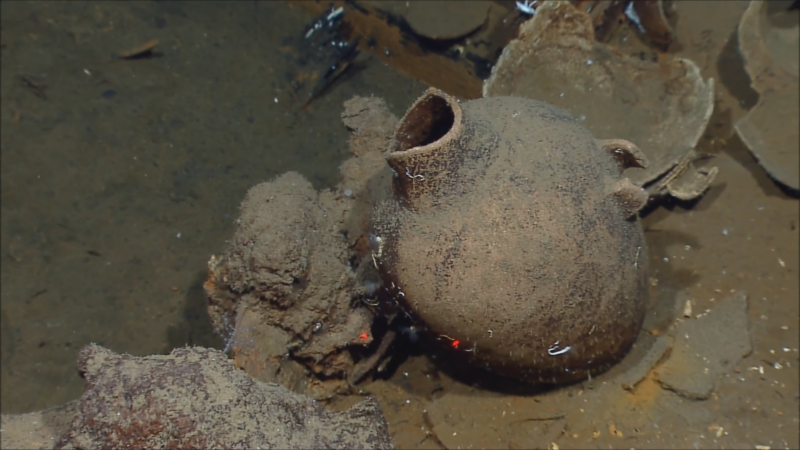The Department of the Interior’s Bureau of Ocean Energy Management (BOEM) is pleased to announce the opening of its Virtual Archaeology Museum, which displays video, detailed three-dimensional (3D) models, and mosaic maps of shipwrecks from the 19th and 20th centuries. Discovered by BOEM in the course of underwater research and oil and gas exploration, these shipwrecks are important submerged cultural resources that provide a unique window into our collective history.
With technological advances in remotely operated vehicles (ROVs) and underwater videography, highly detailed surveys of these shipwrecks are now possible, and computer technology has reached the point where photo-real and hyper-accurate 3D models can be created from two-dimensional imagery.
“With the ROVs we can clearly examine the artifacts in these shipwrecks up close, in thousands of feet of water. Through the use of the 3D models, we can see each shipwreck site as a whole and monitor changes to it over time,” BOEM Gulf of Mexico regional director Mike Celata said in a statement announcing the virtual museum. “The Virtual Archaeology Museum will serve as a valuable teaching asset in both school and university classrooms, and the data collected will be a focal point for underwater researchers, its online presence allowing collaboration worldwide.”
Professional and amateur scientists will have the ability to monitor these shipwrecks over time, gauging changes to the shipwrecks and their artifacts, as well observing the various aquatic species that inhabit their hulls, making the bottom of the sea accessible like never before.
The National Oceanic and Atmospheric Administration’s Office of Ocean Exploration and Research (NOAA OER) has been at the forefront of deep ocean exploration for the past two decades. Those missions have discovered new species, unlocked geological secrets, and discovered and documented historic shipwrecks.
For the last few years, NOAA OER has collaborated with BOEM to gather data at shipwreck sites in the Gulf of Mexico and Atlantic. With the opening of BOEM’s Virtual Archaeology Museum, users are able to easily access these models on their own computers and see shipwrecks lying on the bottom of the ocean, some for hundreds of years.





